In Focus: The Rembrandt portrayal of Christ which contains the fingerprints of the great master himself
A wonderful Rembrandt that went under the hammer recently contains a fascinating imprint of its creator, as Huon Mallalieu reports.

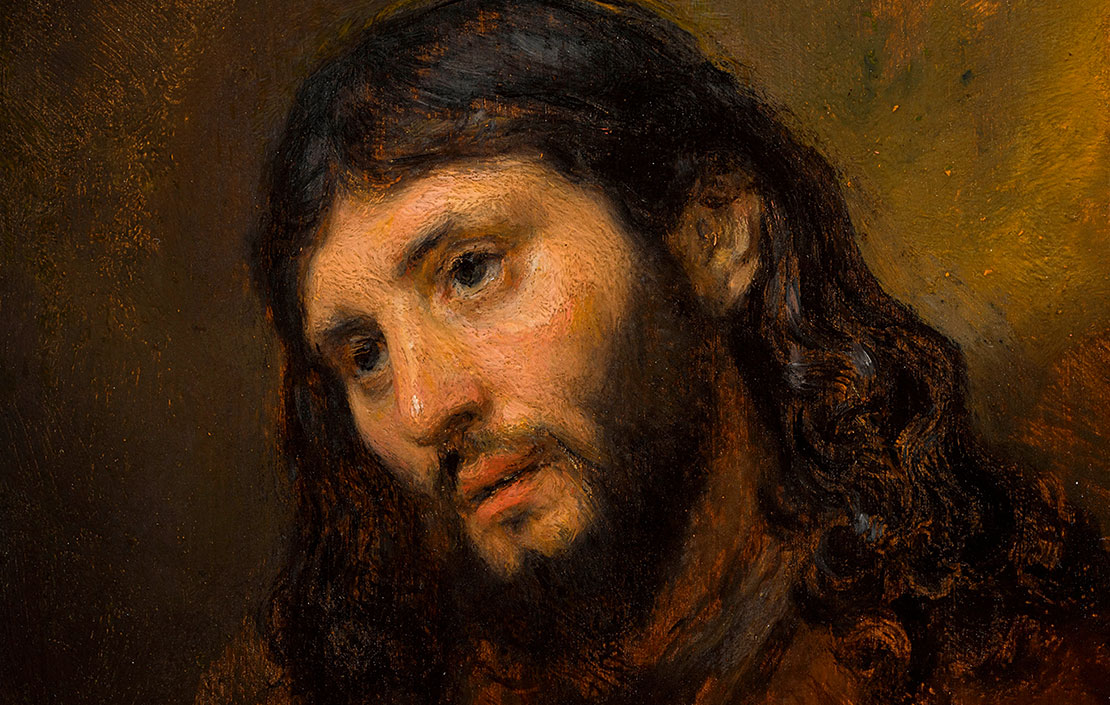
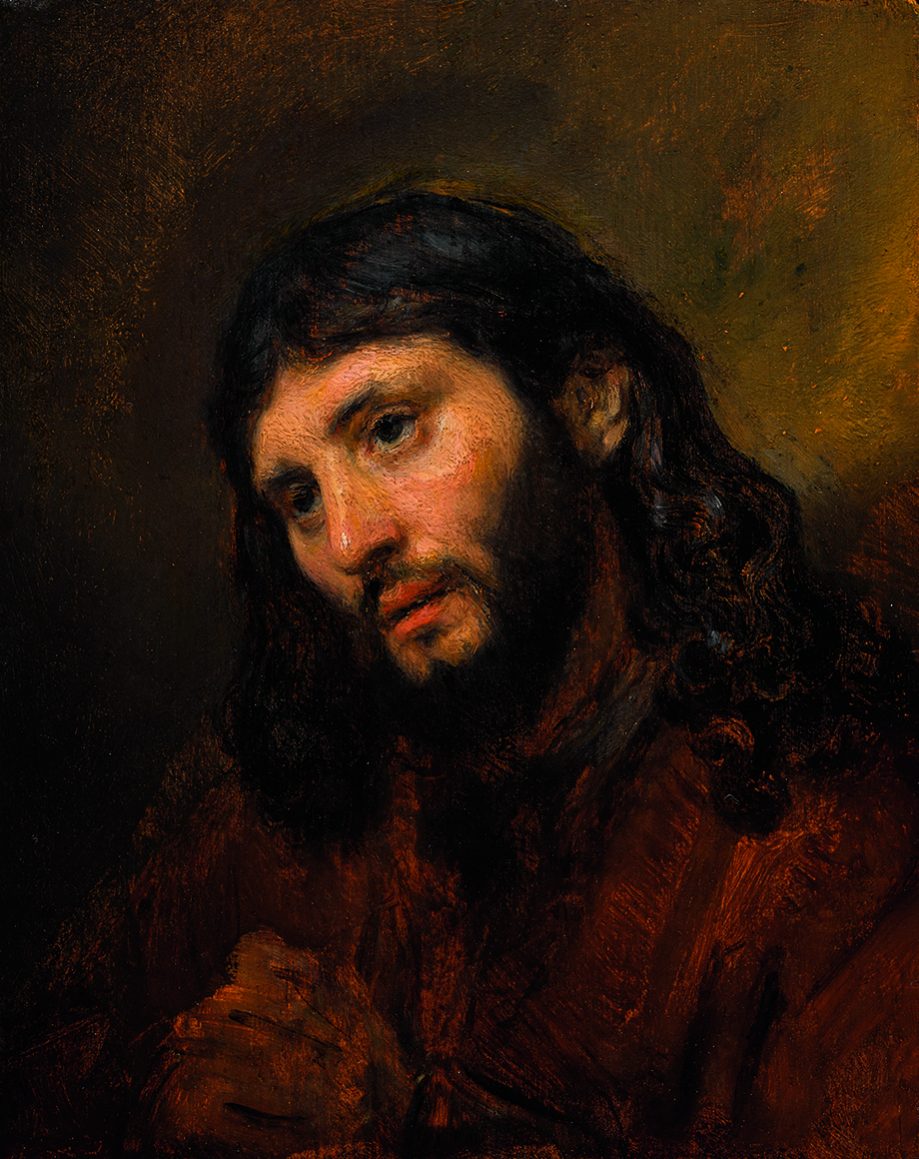
A few months ago I noticed the sculptor’s fingerprints on a Rodin terracotta bust that I had seen in Paris. Such immediate links to the artist are most often found on terracotta works, for obvious reasons, and it’s always a thrill to discover them.
Occasionally, too, especially in the 19th century, watercolour artists used their fingers to give texture and pattern and their prints may also be found at the edges under the mounts, where they were not intended to be seen.
In oil paintings, such things are rarer – yet they do happen, and particularly on works executed at speed, such as Rembrandt’s Study of the Head and Clasped Hands of a Young Man as Christ in Prayer, which sold at Sotheby’s last month for £9,480,800. The panel is relatively tiny – at roughly 10x8 inches, it’s smaller than a sheet of A4 paper – but it’s easily big enough to contain this little hidden treasure: a pair of fingerprints that almost certainly belong to Rembrandt.
The picture is thought to be one of three similar works that were listed in Rembrandt’s house in the bankruptcy inventory that he helped draw up in July 1656. Two were hanging in the ‘back room or salon’, which also contained a box bed in which he presumably slept, and the third was stored in the ‘small studio’, perhaps an attic.
A technical examination, undertaken just before an exhibition in 2011 and published in 2017, indicated that this particular painting was most likely completed in one go – or ‘ten eersten opmaken’, in the phrase of the time.
During the examination, old overpainting was removed, together with thick discoloured varnish applied in the mid 20th century, revealing further evidence of speedy working and what is very likely to be the touch of the master himself. In the original paint layer along the painting’s bottom edge are two finger – or, more probably, thumb – prints.
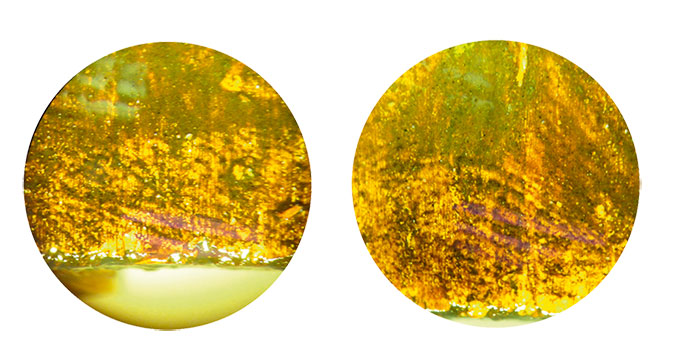
I spent several very happy minutes studying this little head in close-up and was deeply moved by it. Even though it was evidently based on the purported lifetime description of Christ in the ‘Letter of Lentulus’ (probably a 15th-century fake), it is equally evident that it was taken from a live model, possibly a young Jewish neighbour, used by Rembrandt in others of his ‘Faces of Jesus’ series.
Exquisite houses, the beauty of Nature, and how to get the most from your life, straight to your inbox.
The modelling of the features, especially the cheekbones, was superlative and there were wonderful little touches, such as the scratches made with a knife or brush handle, giving flickery movement to the right eye.
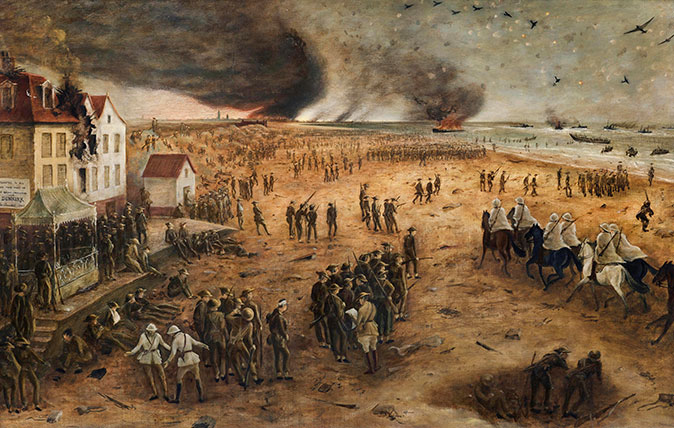
Credit: John Spencer-Churchill's <i>Dunkirk from the Bray Dunes, May 29, 1940</i>. Image courtesy of Andrew Sim / www.simfineart.com
In Focus: The painting by Churchill's nephew that gives a unique view of the evacuation of Dunkirk
A unique painting of the evacuation of Dunkirk by Winston Churchill's nephew was recently unearthed. Huon Mallalieu takes a look
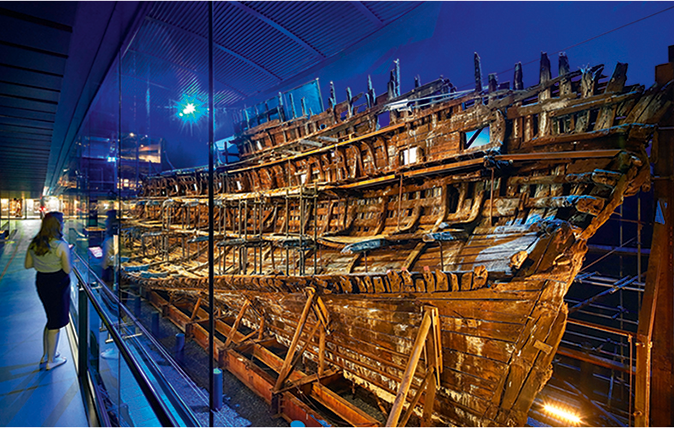
The Mary Rose museum review: Prepare to be moved and impressed
Huon Mallalieu re-visits the Mary Rose museum in Portsmouth for the first time since its refurbishment – and suggests we all
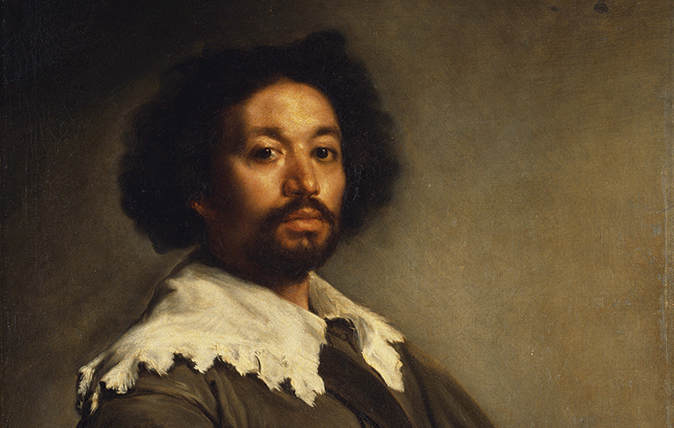
The 5 sales which made Christie’s – No.5: The first million-pound picture
This month, Christie’s is celebrating its 250th anniversary. Huon Mallalieu chooses five key sales that chart the transformation of a
After four years at Christie’s cataloguing watercolours, historian Huon Mallalieu became a freelance writer specialising in art and antiques, and for a time the property market. He has been a ‘regular casual’ with The Times since 1976, art market writer for Country Life since 1990, and writes on exhibitions in The Oldie. His Biographical Dictionary of British Watercolour Artists (1976) went through several editions. Other books include Understanding Watercolours (1985), the best-selling Antiques Roadshow A-Z of Antiques Hunting (1996), and 1066 and Rather More (2009), recounting his 12-day walk from York to Battle in the steps of King Harold’s army. His In the Ear of the Beholder will be published by Thomas Del Mar in 2025. Other interests include Shakespeare and cartoons.
